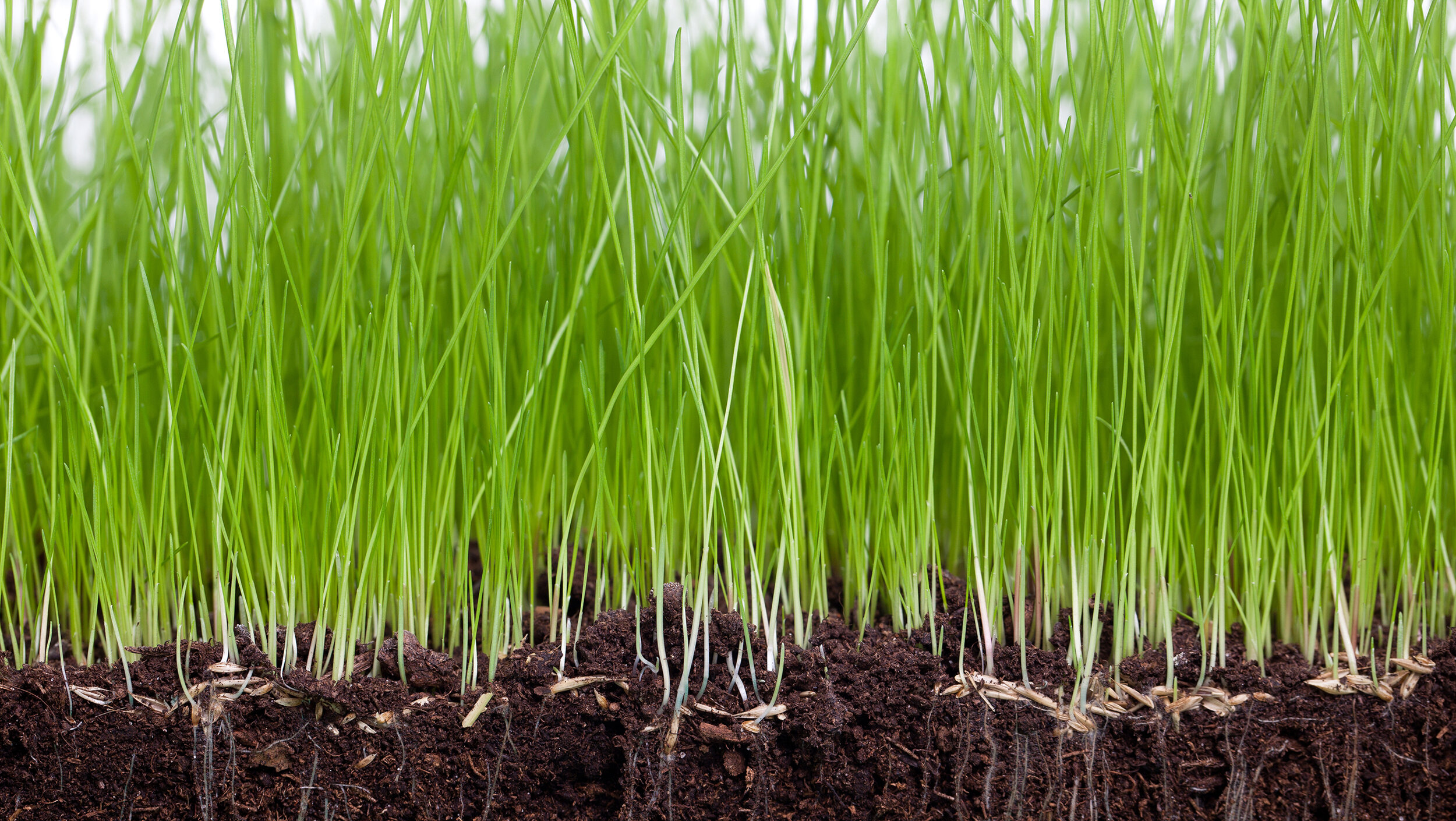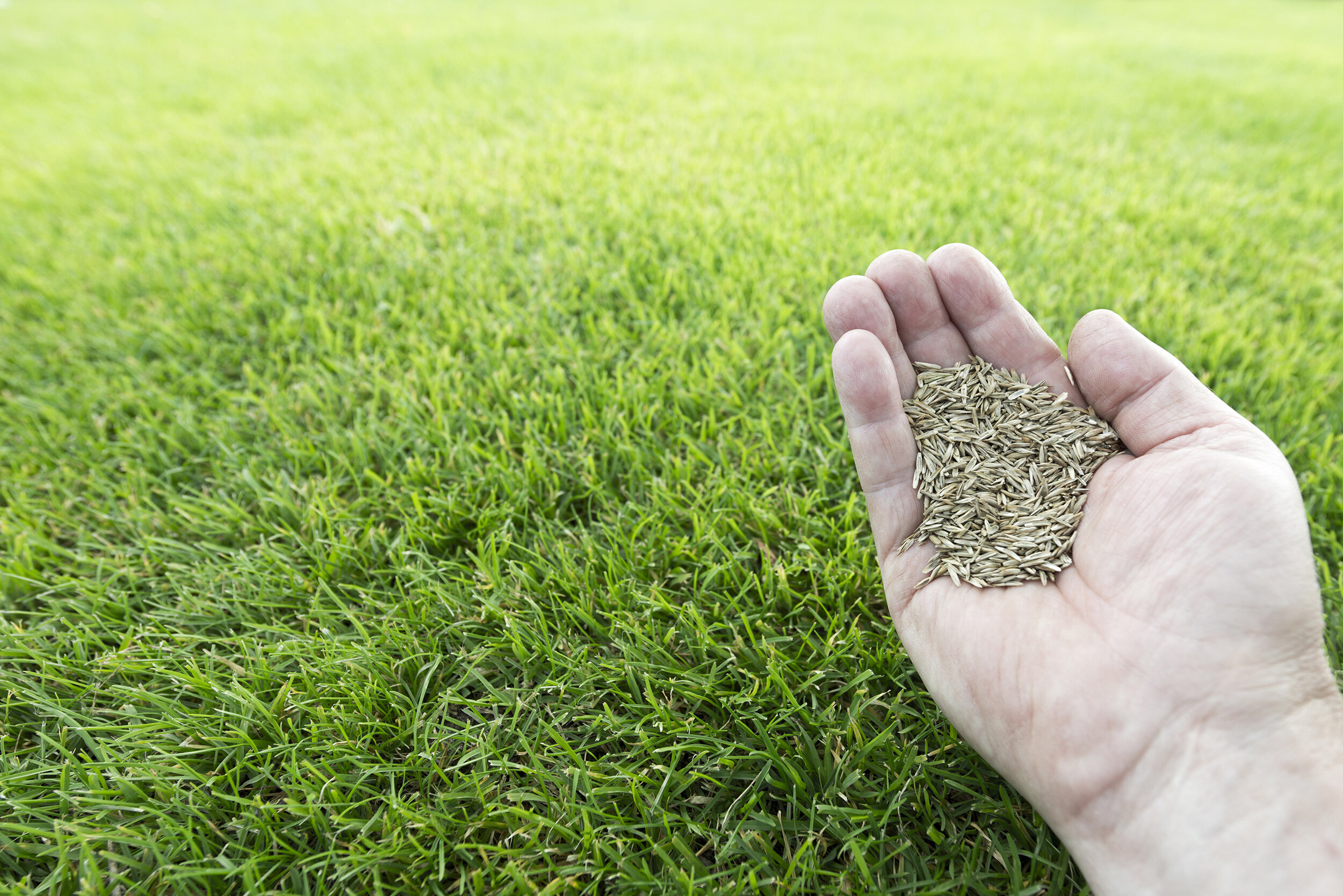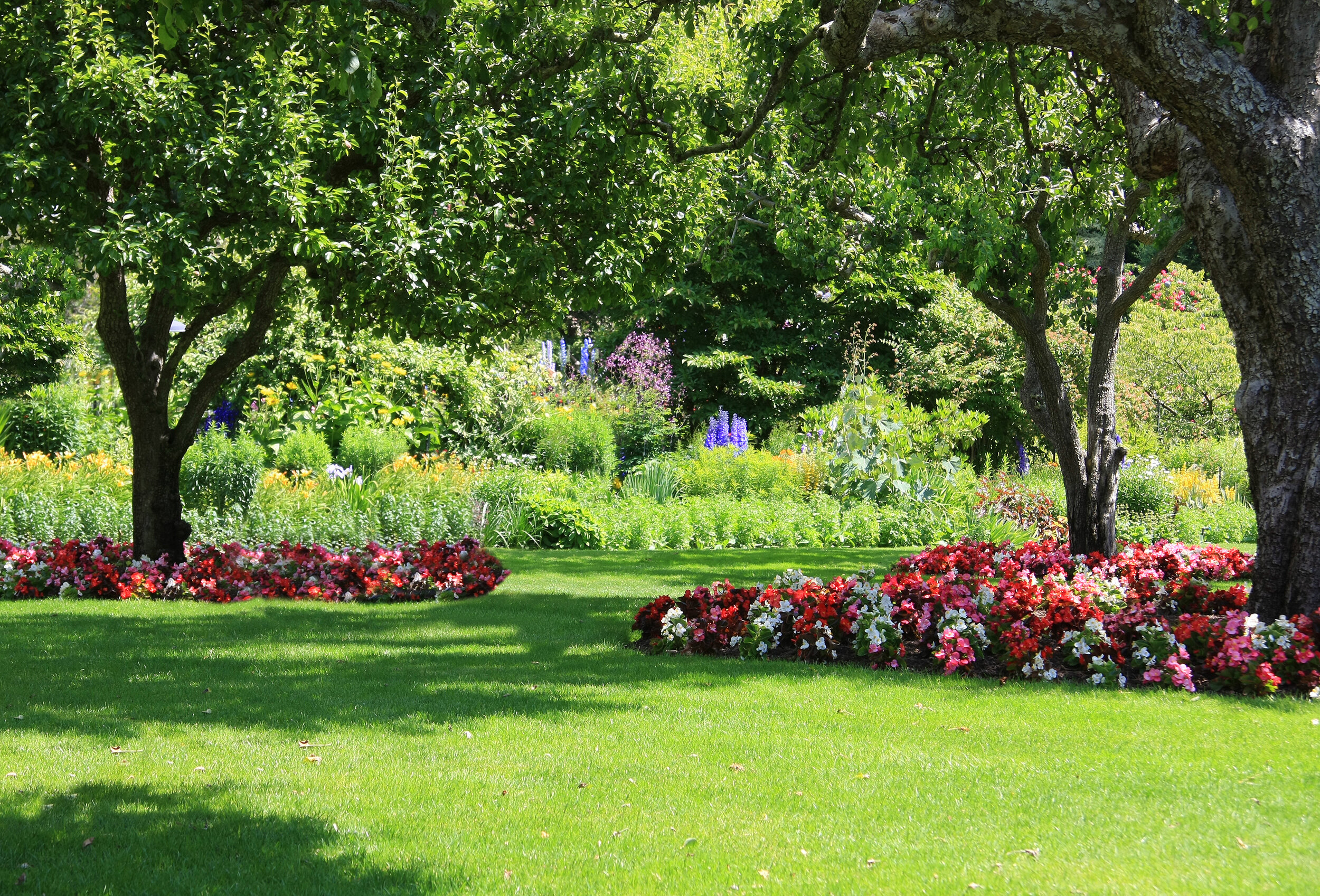
Fertilization and weed control is the cornerstone of lawn maintenance. To keep your lawn healthy and immaculate year-round, we provide the following lawn applications throughout the year:
Lime (January - February): We start with an application of lime to help maintain a good PH balance in the soil. If the PH balance is too high or low, the grass will not be able to use the nutrients in the soil.
Round 1 (February - March): This round involves three steps: pre-emergent (helps prevent germination of crabgrass and other grassy weeds), broadleaf weed control (targets weeds that are already present), and fertilizer (helps lawn recover from stress of winter and allows the grass to green up).
Round 2 (April - June): We apply broadleaf weed control and fertilizer to help control weeds like dandelions, henbit, and clover.
Round 3 (June - July): We will apply a 100% time-released fertilizer, spray for broadleaf weeds as well as grassy weeds such as Nutsedge, Johnson grass, and foxtail. Refrain from mowing the lawn for a period of at least 24 hours following this application.
Round 4 (July - August): This round addresses broadleaf weeds and grassy weed control. By this point in the year, the pre-emergents applied in Round 1 will begin to break down, possibly resulting in crab-grass. The post-emergent weed control we apply will kill any crabgrass. Refrain from mowing the lawn for a period of at least 24 hours following this application.
Round 5 (September - October): This round features a cool-season weed-control and fertilizer to help prepare the lawn for winter as well as prevent weeds from overwintering in the lawn.
Round 6 (November - December): We will apply a dry fertilizer, containing nitrogen, phosphorus, and potassium. This application will allow root growth to continue throughout the winter months, and encourage the lawn to green-up early once spring arrives.
Following each treatment, we recommend waiting at least an hour before allowing pets or children into the yard. This will allow the applications the time to dry.
Fungus can form in the lawn when there is too much moisture. We have a solution for that. We can apply fungicide to the lawn when necessary. Fungicide (May - August): Fungicide treatments can be applied as needed for an additional fee.
Aeration and Overseeding

Hot and dry summers can lead to thin, bare patches in your lawn. Luckily, Showcase Lawns has a solution in aeration and overseeding. This is a seasonal process, starting around mid-September and extending to the first week of October.
Aeration
Aeration entails punching holes into the ground to help loosen the soil, allowing your lawn to breathe, and ensures water and other nutrients penetrate the soil. This helps root to grow deeply, which produces a thicker, more luscious blade.
Overseeding
Once we have completed aeration, we will spread high-quality Fescue grass seed with a manual spreader, which will provide your lawn with an even, uniform look that blends in well with the existing grass.
Pre-Treatment
If your lawn has unwanted grass species, such as Bermuda grass, we will address this prior to beginning the aeration process. It generally takes two applications to completely kill the unwanted grass species, and the process itself lasts between two to three weeks.
Let us know if you already have an irrigation system in place when you schedule your appointment. We will provide the means to mark your sprinkler heads before we begin treatment.
Pest & Grub Control

Extreme temperatures aren’t the only enemy of a healthy lawn—there are pests to consider as well.
Japanese Beetle Larvae (White Grub)
This pest can cause moderate-to-severe damage to your lawn’s turf. The beetles’ larvae, called white grub, eat grass roots, causing the grass to turn brown and die.
Showcase Lawns is pleased to offer grub control services. Unlike our other applications, grub control need only be applied once a year in the spring. This service is available upon request for an additional fee.
Moles
Moles are small, subterranean animals that can tear up your lawn. They tunnel through the ground to find food, which consists mostly of earthworms and other small invertebrates. As they dig through the soil, the excess dirt has to go somewhere, resulting in unsightly mole hills.
Showcase Lawns offers mole control treatment, which involves baiting the mole with a poisoned “earthworm”.
This service is available upon request on an as-needed basis for an additional fee.
Tree & Shrub Service

A healthy, beautiful lawn deserves healthy, beautiful trees and shrubs. Showcase Lawns will help maintain your lawn’s plant-life through regular tree and shrub fertilization and regular insect and disease control. Our process includes:
Deep Root Fertilizer (Early Spring): This application helps the trees and shrubs to recover from winter stress. It gives the trees and shrubs the micronutrients they need to leaf out and bloom in the spring.
Insect & Disease #1 (April/May): This application helps with nuisance pests, such as aphids and mites, as well as diseases such as leaf spot, blight, and other fungi.
Insect and disease #2 (June): This application prevents damage to trees and shrubs caused by Japanese Beetles, who typically show up in early June. Japanese Beetles have the capability to destroy plants very quickly by eating the leaves, leaving behind lacy-looking leaves. There are generally two hatchings of beetles every year, requiring two applications to effectively prevent them.
Insect and disease #3 (July): This is the second Japanese Beetle spray. It does the same thing and has the same chemicals as I&D #2
Insect & Disease #4 (Aug, Sept): This application helps with nuisance pests such as aphids and mites as well as diseases such as leaf spot, blight and other fungi.
Deep Root Fertilizer (Early Fall): This application adds micronutrients to help overcome summer stress and helps to replace the nutrients the trees and shrubs used up during the summer.




